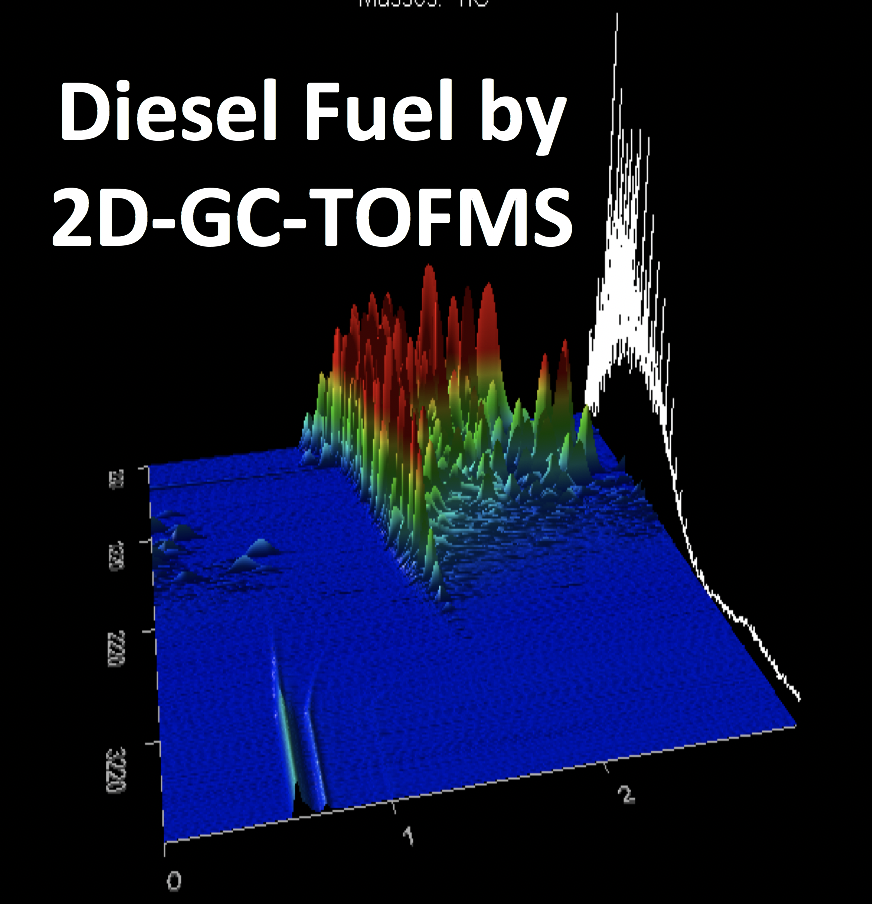
Dr. Court D. Sandau and CMI personnel are proud to be presenting at the 10th Multdimensional Chromatography Workshop on Arson Applications
- Date: January 21, 2019
- Location: Liège, Belgium + Google Map
Dr. Court D. Sandau and CMI personnel will present on wildfire arson investigations at the 10th Multidimensional Chromatography Workshop in Liège, Belgium, January 21-23, 2019.
Dr. Sandau will present Comprehensive Fingerprinting of Ignitable Liquid Residues (ILRs) for Identification of Gasoline Used to Ignite Arsonous Wildfires. Wildfires due to arson are seemingly growing in frequency and intensity in recent years as some very large, high profile fires have been in the media from locations all around the world. The standard methodology of ILR identification in a fire debris sample from an arson investigation involves routine GC-MS analysis and is capable of detecting presence and absence of ILRs and to determine the type of ILR used for the fire. The use of 2D-GC-TOFMS allows a comprehensive analysis (non-targeted) of all compounds present in a fire debris sample, both from the ILRs used to ignite the fire as well as all the matrix and interference compounds formed during combustion. This presentation explores the use of 2D-GC-TOFMS to allow fingerprinting of gasoline found in fire debris samples from arson investigations to determine the source of where that gasoline was purchased as well as to determine if the same gasoline was used to ignite multiple fires. The effects and length of combustion type will also be discussed on impact on ILR signal and the ability to fingerprint the source of ILR.
Additionally, CMI personnel will present From Crime Scene to Court: Application of GCxGC-TOFMS to Arsonous Wildfire Investigations, coauthored with Dr. Sandau. Human-caused wildfires (arson) represent substantial economic costs and ecological losses across the globe. The standard method of analysis and interpretation for ILR for arson investigations, ASTM E1618, was designed for property fire investigations, which differ greatly from wildfire arson investigations. As there is no ASTM method for using GCxGC, nor a method for wildfires caused by arson, our work investigates the application of ASTM E1618 to GCxGC for use in a court of law. We investigate how an ASTM method for GCxGC may be updated to include the full capabilities of GCxGC.

Arson investigations involving gasoline require the laboratory to measure the castle group.
For more information about the 10th Multidimensional Chromatography Workshop, go here.

 Provides expert support to projects involving litigious or contentious subjects. These expert witness services are founded on chemistry principles and proper application of scientific methods.
Provides expert support to projects involving litigious or contentious subjects. These expert witness services are founded on chemistry principles and proper application of scientific methods.
You must be logged in to post a comment.